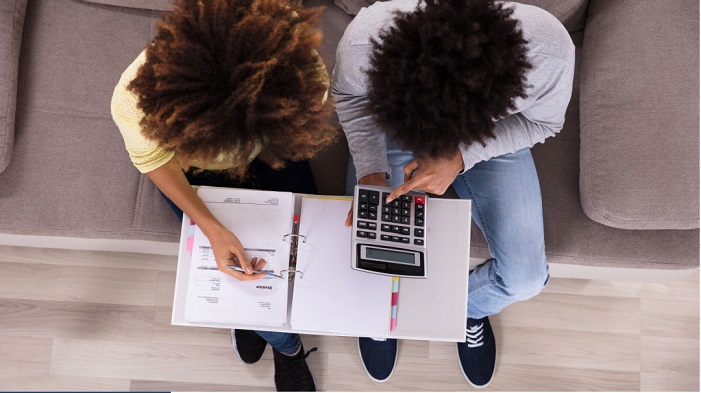How Many Months Does it Usually Take For Your Budget To Start Working as A Budget Should?

Budgeting is one of those things that sounds simple in theory: track your income, track your expenses, and make adjustments to align your spending with your goals. But if you’re anything like me when I started, you might wonder: how many months does it usually take for your budget to start working as a budget should?

Having spent years tweaking and learning from my own budgeting experience, I can confidently say that there’s no one-size-fits-all answer. However, there are some patterns, tips, and milestones that can help you stay on track and not lose heart in those early months.
Month 1: The Learning Curve
The first month of budgeting is all about discovery. If you’ve never tracked your spending before, expect a lot of surprises. It’s normal to realize you’ve been spending more than you thought in certain areas, like dining out or subscriptions you forgot about.
Here’s what to focus on:
- Track everything: Every dollar spent should be recorded. Use an app, a spreadsheet, or even pen and paper—whatever works best for you.
- Set realistic categories: Don’t aim for perfection. If you’ve been spending $500 a month on takeout, it’s unrealistic to cut it to $50 right away.
- Accept imperfection: Your first month’s budget is likely to have overages and mistakes. That’s okay! It’s all part of the process.
Months 2-3: Adjusting and Adapting
By the second month, you’ll start noticing patterns in your spending. This is when you can begin fine-tuning your budget. For instance, you might find you’ve underestimated grocery costs or over-budgeted for entertainment.
Key steps during this phase:
- Reassess your categories: Are they too broad or too narrow? For example, instead of “Food,” split it into “Groceries” and “Dining Out.”
- Build a cushion: Set aside a small buffer for unexpected expenses. This helps avoid frustration when something pops up.
- Identify trends: Are you consistently overspending in certain areas? Adjust those categories rather than feeling like a failure.
By the third month, you’ll feel more confident. Your budget will start to reflect your actual lifestyle, making it easier to stick with.
Which Is Not a Positive Reason for Using a Credit Card to Finance Purchases?
Month 4: Gaining Momentum
Around month four, budgeting begins to feel natural. You’ll start to notice the benefits of your hard work:
- Better financial awareness: You’ll know where your money is going and feel more in control.
- Improved decision-making: When faced with a spending decision, you’ll be more intentional.
- Small wins: Maybe you’ve paid off a small debt, built an emergency fund, or saved for a specific goal.
This is also a great time to reflect on your progress. Celebrate your wins, no matter how small, and stay motivated.
Month 6 and Beyond: Mastering Your Budget
By six months, your budget should be working as it’s meant to. It’s not perfect—and it never will be—but it’s effective. You’ve likely established a routine, and budgeting feels less like a chore and more like a tool.
At this stage, focus on:
- Long-term goals: Start thinking about bigger financial milestones like saving for a home, retirement, or a dream vacation.
- Automation: Simplify your system by automating bill payments and savings transfers.
- Flexibility: Life changes, and so should your budget. Regularly review and adjust as needed.
Tips to Make Your Budget Work Faster
If you’re eager to see results sooner, here are some tips that worked for me:
- Be consistent: Set aside time weekly to review your budget and track expenses.
- Start small: Focus on one or two problem areas instead of overhauling everything at once.
- Use tools: Budgeting apps like YNAB, Mint, or EveryDollar can simplify the process.
- Seek accountability: Share your goals with a trusted friend or partner to stay motivated.
- Give yourself grace: Mistakes are part of the process. Learn from them and move on. Read More





